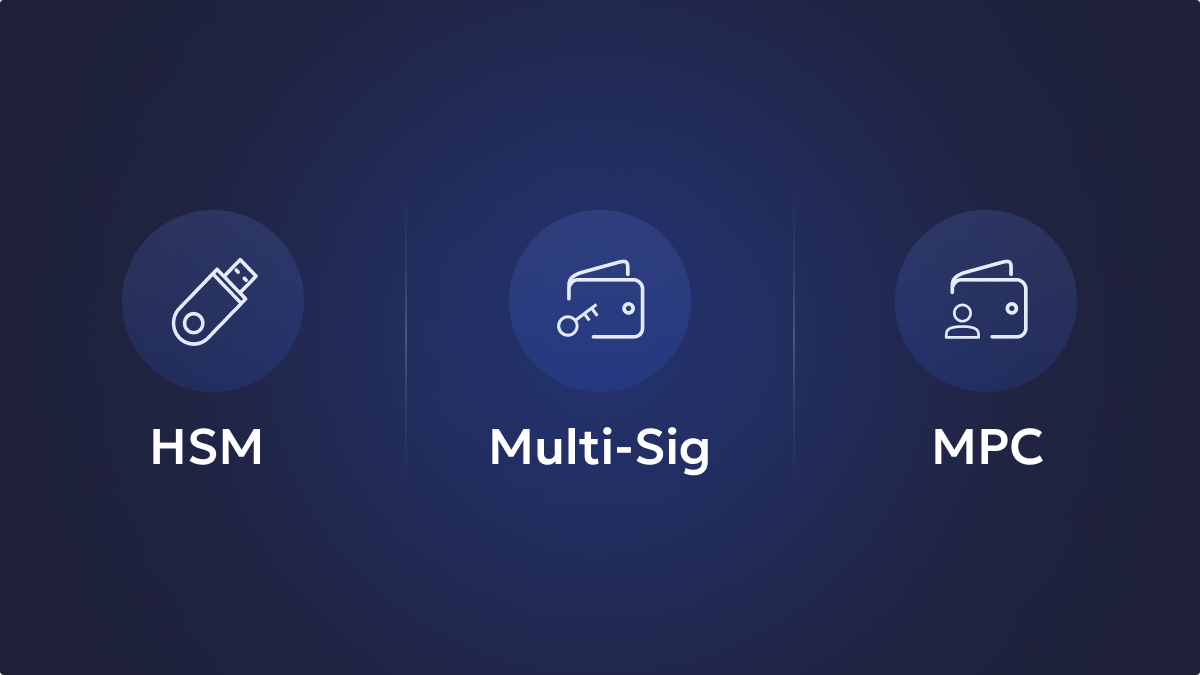Navigating the Binance (BNB) ecosystem can be difficult. Whether you aim to trade, transact, or establish digital assets on the chain, understanding the critical differences between BEP2 and BEP20 tokens is essential. Though their names bear resemblance, these tokens exert distinct characteristics. BEP2 tokens is associated with the BNB Beacon Chain (formerly known as Binance Chain), and BEP20 is linked to the BNB Smart Chain (previously referred to as Binance Smart Chain) – both are integral to the BNB ecosystem.
Key Takeaways
BEP-2 is a technical standard designed to facilitate the creation and utilization of new tokens on the Binance Chain.
What are BEP2 tokens?
The BEP-2 standard is a technical framework for token issuance and implementation on the BNB Beacon Chain. It establishes a set of rules that govern the functioning of tokens within the BNB Beacon Chain ecosystem. A similar token standard used on the Ethereum blockchain is ERC-20.
Unlock the potential of digital assets for your institution
While BEP-2 outlines the fundamental and essential features of tokens on the Binance Chain, individual tokens may still vary in their specific use cases and implementations. These tokens can represent a diverse range of digital assets and tradable goods. The standard ensures seamless integration among these tokens and the surrounding ecosystem. Notably, BEP-2 facilitates the creation of stablecoins like BUSD and BEP-2 pegged Bitcoin and numerous multichain projects that leverage its advantages.
The Binance Chain, which hosts the BEP-2 tokens, depends on the Tendermint BFT consensus and delegated proof-of-stake (DPoS) mechanisms, providing a fast and reliable alternative to the traditional proof-of-work model.
The native asset of the BNB Beacon Chain is BNB, functioning similarly to gas in the Ethereum network. When transferring BEP-2 tokens, a small amount of BNB must be available in the wallet to cover transaction fees.
For trading BEP-2 tokens, the Binance DEX serves as a decentralized exchange running atop the BNB Beacon Chain.
Secure and manage your digital assets with Liminal
Properties of BEP2 tokens:
- Source Address: The Source Address refers to the entity or individual who owns the issued token.
- Token Name: The Token Name denotes the complete and descriptive name of the token, such as “MyToken.”
- Symbol: The Symbol serves as the unique identifier for the newly issued token.
- Total Supply: The Total Supply represents the overall quantity of tokens that have been issued.
- Mintable: Mintable indicates whether this token can be generated or “minted” in the future, thus potentially increasing the total supply of the token.
What is BEP-20?
BEP-20, operating on the BNB Smart Chain (BSC), is an extension of ERC-20, the widely adopted Ethereum token standard. Functioning as a blueprint for tokens, it outlines their spending capabilities, authorized spenders, and various usage rules. Notably, due to its resemblance to BNB Beacon Chain’s BEP-2 and Ethereum’s ERC-20, it enjoys compatibility with both networks.
Primarily designed as a technical specification for BNB Smart Chain, BEP-20 offers developers a versatile framework to launch diverse tokens. These tokens could represent various assets, from business shares to stablecoins resembling dollars held in a secure vault.
What Is the Difference Between BEP-2 and BEP-20?
Aside from the distinction of running on separate blockchains, BEP-2 and BEP-20 exhibit dissimilarities in various aspects. A prominent contrast lies in their smart contract support. BEP-2 cannot facilitate batch transfers, whereas BEP-20 was purposefully designed to support smart contracts within Binance’s ecosystem.
Moreover, the two standards differ in their token addresses. BEP-2 token addresses commence with “BNB,” while BEP-20 addresses start with “0x,” resembling ERC-20 addresses. Consequently, BEP-20 tokens maintain compatibility with Ethereum and EVM (Ethereum Virtual Machine) tokens.
In terms of consensus mechanisms, BEP-2 relies on Proof-of-Work, while BEP-20 utilizes Proof-of-Stake Authority. Additionally, BEP-2 entails transaction fees, whereas BEP-20 operates with no transaction fees. Lastly, BEP-2 exhibits limited scalability support, while BEP-20 offers a higher degree of flexibility.
Conclusion
Although BEP-2 was Binance’s initial token standard introduced on its first blockchain, it has become less advantageous than BEP-20. Consequently, there are fewer BEP-2 tokens, and the number of wallets supporting BEP-2 tokens is also limited. While some projects still utilize BEP-2, they generally need more diverse use cases seen in projects on BSC, making them less prevalent in the current landscape.
Nevertheless, BEP-2 remains an operational standard and holds significance for those seeking involvement with Binance DEX, where it continues to be helpful.






